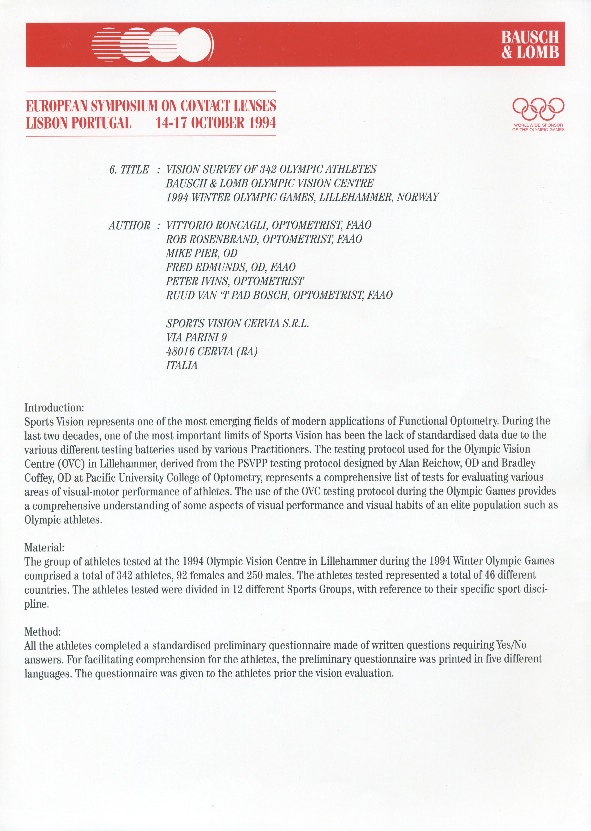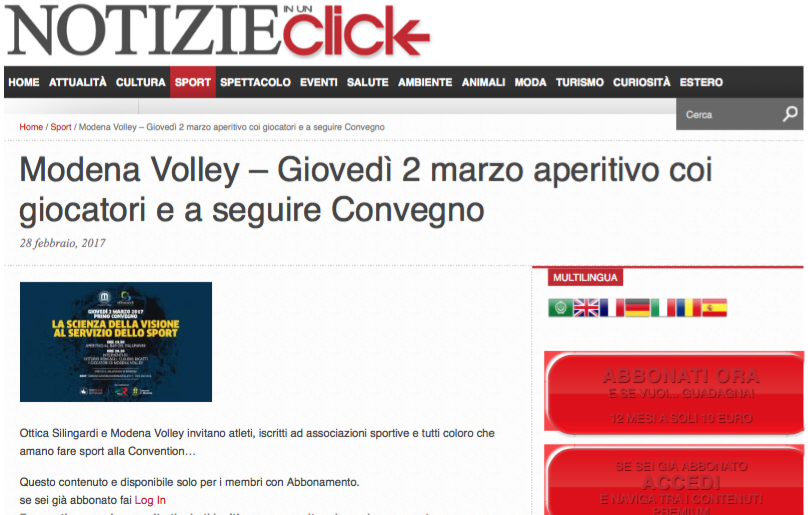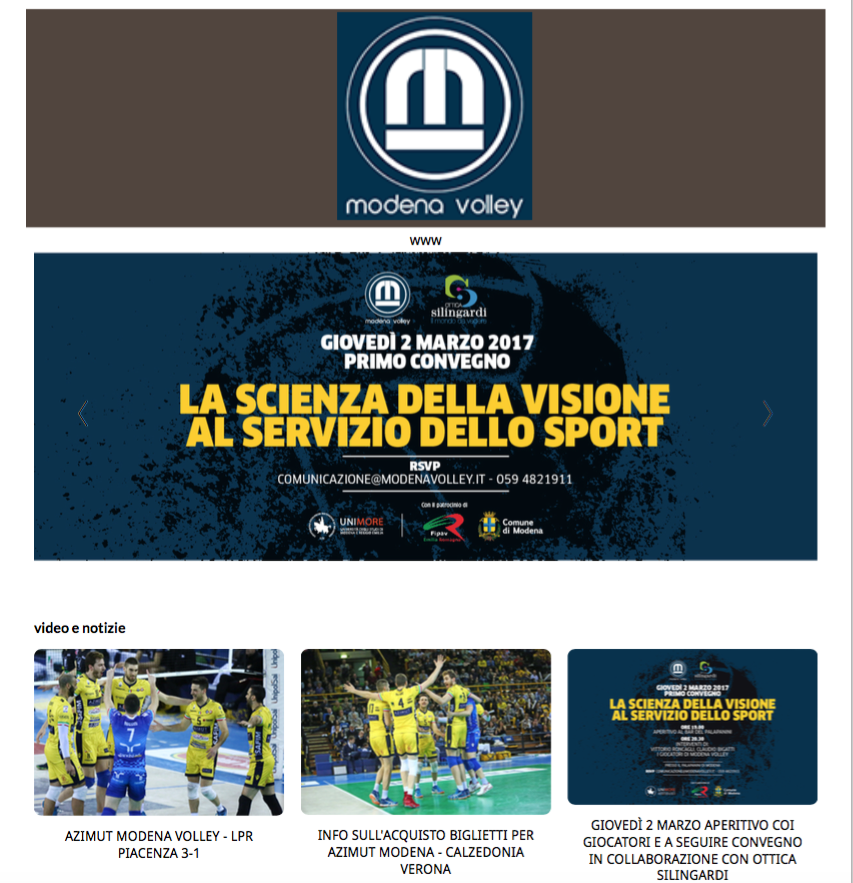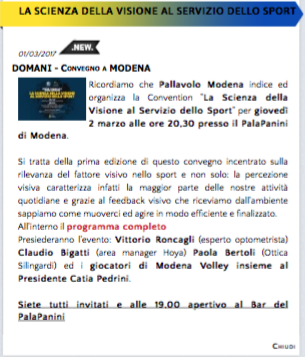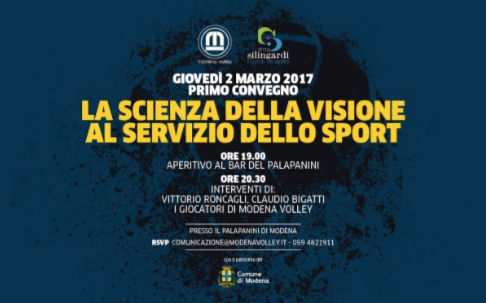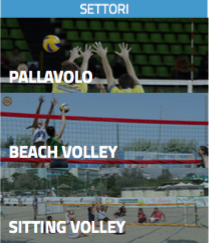Introduction:
Sports Vision represents one of the most emerging fields of modern applications of Functional Optometry. During the last two decades, one of the most important limits of Sports Vision has been the lack of standardised data due to the various different testing batteries used by various Practitioners. The testing protocol used for the Olympic Vision
Centre (OVC) in Lillehammer, derived from the PSVPP testing protocol designed by Alan Reichow, OD and Bradley Coffey, OD at Pacific University College of Optometry, represents a comprehensive list of tests for evaluating various areas of visual-motor performance of athletes. The use of the OVC testing protocol during the Olympic Games provides a comprehensive understanding of some aspects of visual performance and visual habits of an elite population such as Olympic athletes.
Material:
The group of athletes tested at the 1994 Olympic Vision Centre in Lillehammer during the 1994 Winter Olympic Games comprised a total of 342 athletes, 92 females and 250 males. The athletes tested represented a total of 46 different countries. The athletes tested were divided in 12 different Sports Groups, with reference to their specific sport discipline.
Method:
All the athletes completed a standardised preliminary questionnaire made of written questions requiring YesINo answers. For facilitating comprehension for the athletes, the preliminary questionnaire was printed in five different languages. The questionnaire was given to the athletes prior the vision evaluation.
Summary of results:
One of the most interesting results from this clinical study is outlined by the fact that only 45,9 %of the Olympic athletes tested declared to have previously received a complete visual examination by an eye care practitioner.
The percentage of athletes using glasses to compensate their refractive errors is pretty consistent with results obtained in non-athletes populations. On the other hand, the percentage of athletes using glasses during their sport is very low (3.2 %) underlining the many limitations that glasses impose during dynamic visual-motor conditions and in particular during sport competitions.
The percentage of athletes using contact lenses to compensate their refractive errors is lower that those using glasses (15.4 %vs. 19.5 %).
The fact that some 90 %of the athletes using contact lenses were using soft lenses, indicates one more time the advantages of soft lenses versus rigid lenses while being involved in dynamic environmental situations.
Interesting to note that some 94 %of the athletes using contact lenses, were using them during sports, underlining the advantages of contact lenses over glasses for practising sport activities. This aspect is even more underlined by the fact that only 69 %of those using contact lenses were using them every day.
An interesting result was that a very limited number of athletes (4.6 %) had been involved in Vision Training programs suggesting that Functional Optometry has not yet reached enough attention and/or promotion in the sport population. The need of promoting Vision Training for people practising sport is emphasised also by the fact that 81 %of those who received Vision Training considered the program useful.
Relevant the number of Olympic athletes who suffered of some form of head injury, or injury, surgery or infection affecting the visual system. The use of appropriate eye wear is one of the easiest and less expensive aspects of vision care for pro~ecting the visual system from injuries during sports.
Conclusions:
– The results of this first clinical study indicate that Functional Optometric Vision Care represent a growing need for being applied to people practising sports. Of the many factors affecting sport performance, vision is clearly one of the most important but also one of the most neglected.
– Appropriate Functional Vision Care may represent a link between vision performance and sport performance and the results of this study indicate the need of providing appropriate promotion of the many services that Optometry has developed to assist people practising sports at any age and at any level of competition.
– As Optometrists, we have a significant role to educate and motivate our clients to seriously consider to use ‘protective eye wear while practising sports activities to prevent a number of injuries affecting the visual system.
EUROPEAN SYMPOSIUM ON CONTACT LENSES – LISBON PORTUGAL 14-17 OCTOBER 1994
